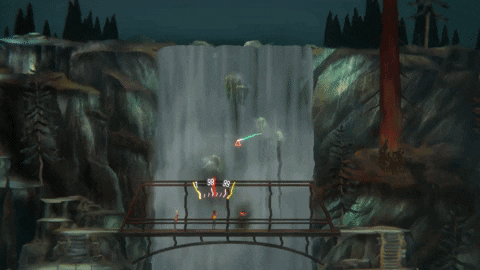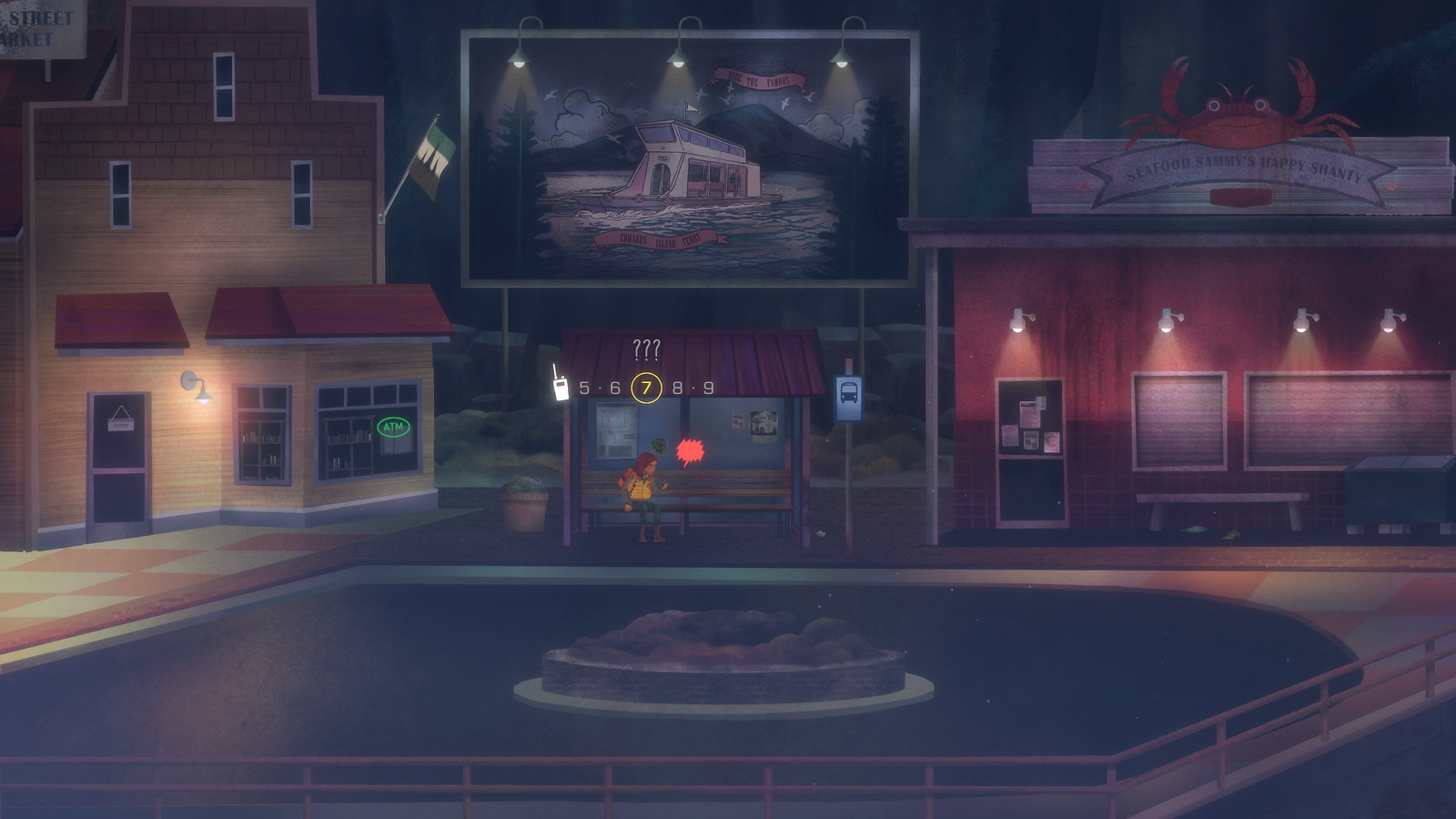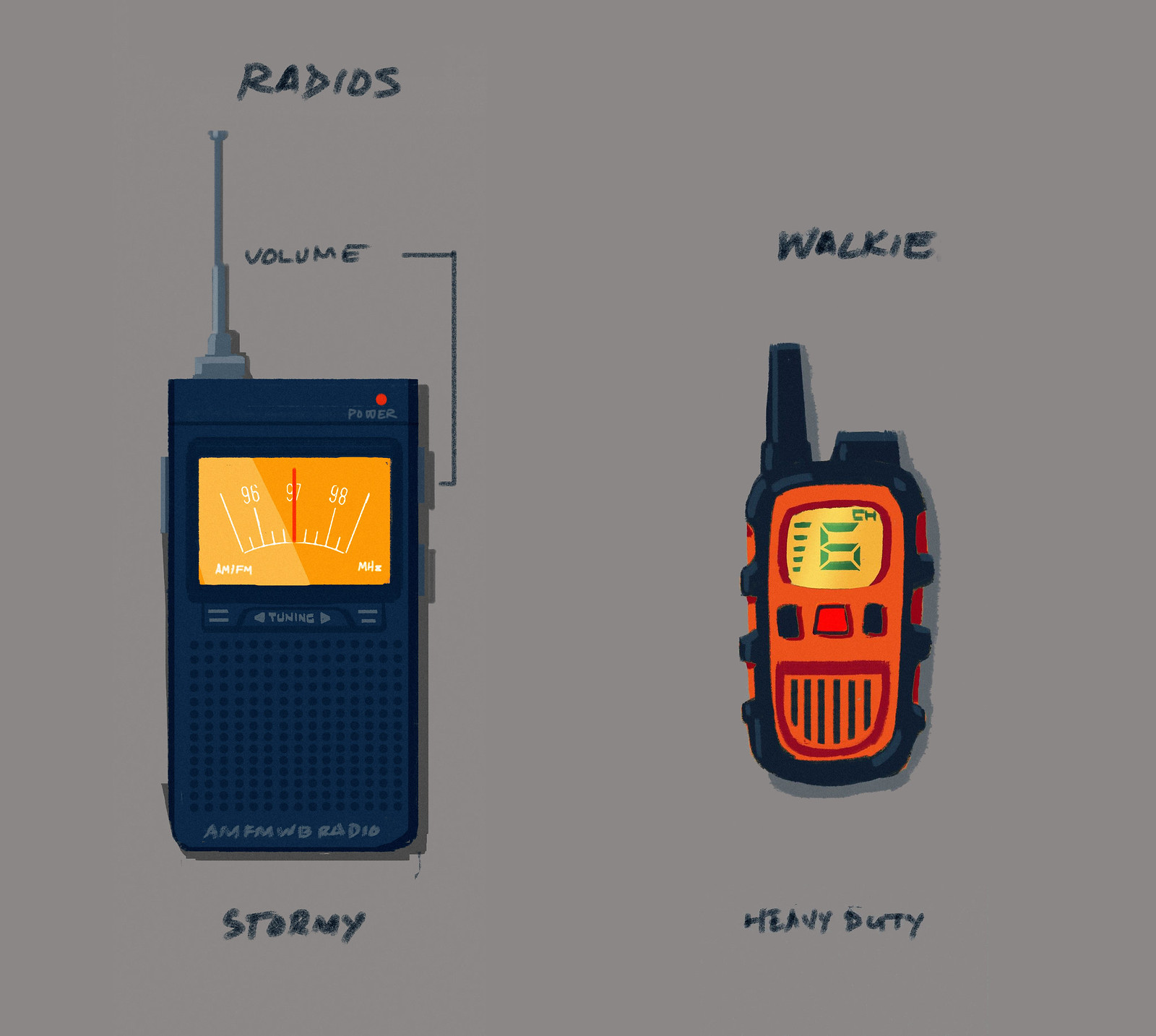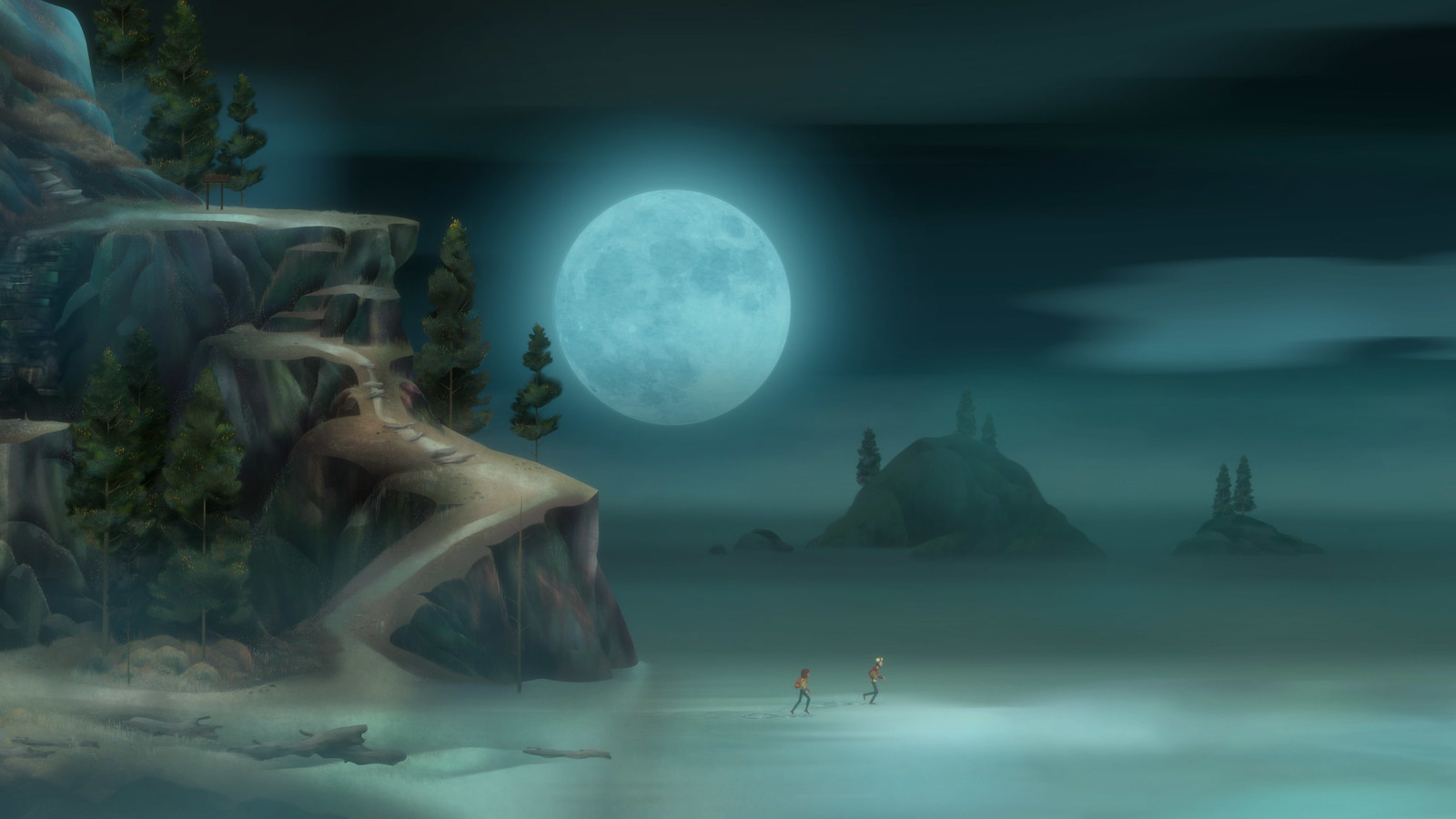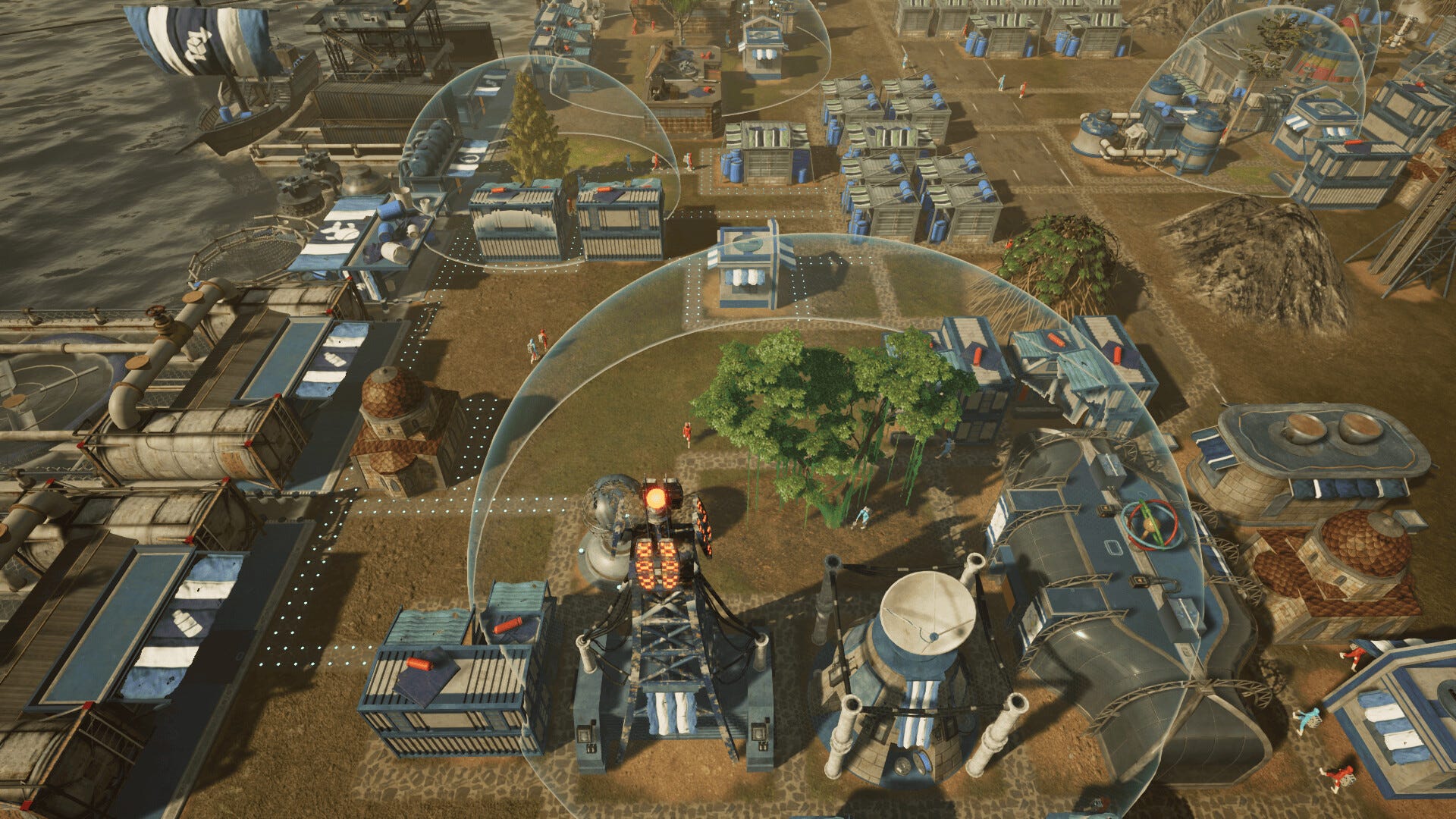While I have always favored the Fire Emblem franchise as my Nintendo turn-based tactical game of choice, the Advance Wars series has always held a special place in my heart ever since the first time I booted it up on my Game Boy Advance 22 years ago. I’ve always enjoyed how these games encourage me to get creative with my units and strategies. Whether that is hiding my army in the fog of war and taking advantage of the terrain to obliterate my opponents before they know what’s hitting them, or building a massive platoon of tanks and steamrolling the enemy with my oppressive numbers. It’s rewarding to see my plans work out as intended, and though it stings when they fail, I feel like I always learn something about how to improve my future strategies.
Advance Wars 1+2: Re-Boot Camp may not have a large variety in its game modes, but the amount of variables you can swap around to your liking makes each battle feel fresh even when replaying maps. The improvements to the visuals and music of the original, in addition to the inclusion of other modernizations like voice acting, animated shorts, and online play, make it a great way to experience these classics for veterans and newcomers alike. My 60 hours with Re-Boot Camp took me through both campaigns, including alternative missions with different characters that unlocked after completing each campaign, warring with AI on a variety of unlockable maps, spending time designing my own maps, and a small taste of online multiplayer.
It took 15 and 25 hours to complete each respective campaign on the classic difficulty setting (the hardest available from the start). Even having turned it up a notch, the difficulty curve for the original Advance Wars is consistently on the easier end thanks to many of the missions mostly serving as tutorials for new mechanics, win conditions, introducing new commanding officers (COs), and more – it’s not until the final missions of each section of the campaign that things pick up. But once you reach the Advance Wars 2: Black Hole Rising campaign it starts to include a lot more missions with some surprising difficulty spikes due to the introduction of the new Black Hole army COs and their powerful new abilities.
While the missions may not always be difficult, some ended up taking a while to finish due to the scope of battles where you control multiple armies, or tactical errors on my part, like losing my last infantry unit to hidden artillery, requiring me to spend a large number of extra turns to wipe out the enemy army instead of capturing the enemy base in two or three turns. The good news is that if you were hoping for more of a challenge, finishing each campaign unlocks a new Challenge difficulty that has started to push some of my previous winning strategies to their limits, causing me to reassess which CO and strategy to use on each map when given a choice. It would’ve been nice for that mode to be available from the start for those of us who already know our way around this series.
Re-Boot Camp has updated the Advance Wars and Advance Wars 2: Black Hole Rising campaigns with a charming new art style thanks to the use of 3D graphics, a fantastic re-recorded soundtrack, online multiplayer, and a few features like the ability to restart a turn to help newcomers learn from their mistakes, and the option to fast-forward battle animations to reduce the time between turns if you like. The soundtrack is one of the highlights for me, as each CO has a distinct musical theme during their turns which helps each battle feel fresh. Grit from the Blue Moon Army has a bit of a bluegrass style to mirror his laid-back attitude, while the theme from the Yellow Comet’s Sensei uses a piano and saxophone to give an upbeat jazz feel to his turns.
Outside of the updated visuals and new features, Re-Boot Camp maintains its faithful retelling of the wars between the various nations of Cosmo and Macro Land and the mysterious Black Hole Army, meaning if you were hoping to see any of the new additions or changes included in later games like Dual Strike or Days of Ruin, you will still need to boot up your DS for that experience. (The attention to detail in nearly every area of Advance Wars 1+2: Re-Boot Camp does give me hope that the third and fourth games will get the same treatment next.)
While neither story is what I would call deep, they both have their brighter moments, with the Black Hole Rising campaign being an improvement thanks to the addition of the new COs and their various personalities. In addition to the Orange Star army COs, commanding officers from the other nations get a modest amount of voice acting that helps to show off each of the characters’ unique personalities. The performances aren’t anything to write home about, but that is more based on the lack of quantity than the quality of them. One of the most intriguing additions is the inclusion of a few animated shorts that had me wondering if we might get an Advance Wars animated show down the road now that Nintendo has seen so much success with the Mario movie.
Each of the COs has their own specialty when building armies, as well as a unique power that can help turn the tide in combat. The spirited but inexperienced mechanic Andy is well-rounded with no bonuses or penalties but has the ability to restore health to his units with his hyper-repair power, making him a safe choice in most battles. The straightforward and brawny Max gives a power boost to all direct damage units while his indirect units, like artillery or rockets, suffer a penalty to their maximum range, making him a good option for when you want to punch through an enemy’s defenses and overwhelm them with raw power.
Advance Wars 2 adds new depth to the formula by including Super CO powers. These often add alternatives to traditional CO powers, like utility effects – such as refilling your unit’s ammunition and fuel or increasing your vision range in the fog of war. The happy-go-lucky special forces commander Sami grants large bonuses to her infantry units when she activates her Super CO power, giving them the ability to capture buildings in a single turn, including enemy HQs, to sneak a victory out of even the direst of situations.
It’s important to know each one’s strengths and weaknesses otherwise, even the best-laid plans can come undone. While many battles in Advance Wars can devolve into a contest of who has the superior numbers, using the proper units in the right positions can help neutralize even the largest of armies. One of the most common tactics is to place a more durable unit, like the medium tank, on a bridge to prevent your opponent’s advance and then barraging their army with artillery or rockets to reduce their numbers so you can go on the offensive. Building an army of units that cover land, air, and sea gives a lot of versatility to strategies across most maps, and building to your CO’s strengths will often tip the scale in your favor. Battles waged in the air are best with the use of COs like Eagle or Sensei, who give large boosts to various aerial units, while Grit’s long range makes it easy to overwhelm opponents from the shadows on maps that have fog of war.
At the end of a mission, Advance Wars will grade you based on speed, power, and technique. So the faster you are at claiming victory while efficiently destroying your opponent’s units without losing your own, the higher the rating you will earn, meaning more currency to unlock new maps, music, and COs for game modes outside the campaign. This helps to improve the mileage you will get out of Advance Wars, since its replayability depends on the unlockable content, so the better you rank, the faster you can unlock more of the content to give you more options and extend your play further.
Advance Wars 1+2: Re-Boot Camp’s customizable War Room is one of the areas where I got the most replayability out of it, and foresee it earning the bulk of my time moving forward. Being able to take on the role of any CO on a sizeable number of maps against a variety of AI-controlled opponents with a variety of customizable parameters like fog of war, weather, and victory conditions means there is almost no limit to the ways you can make each battle feel different, even when revisiting favorite maps.
And if the included maps start to feel too familiar, the Design Room map editor is another way to make it feel new again and is only limited by your creativity. Anything you see in the campaigns is at your fingertips, so if you want to build a map that’s all water and play an Advance Wars version of Battleship, you can. Afterward, you can share those maps online, so if you have a good group of creative friends, you can swap maps for an effectively limitless amount of content.
The online multiplayer in Re-Boot Camp is one of the biggest letdowns for me in that there’s no matchmaking system at all. That means you can only compete against opponents on your friends list, so if you happen to be the only person in your group of friends who owns it, you’re going to either need to make some more friends or get comfortable only competing against the AI. On current-generation hardware like the Switch, it’s just plain disappointing not to have a matchmaking lobby. Thankfully, it does have the option for local multiplayer on either the same console or with others on their own Switch, meaning that it will surely see some popularity at various conventions and gatherings.

